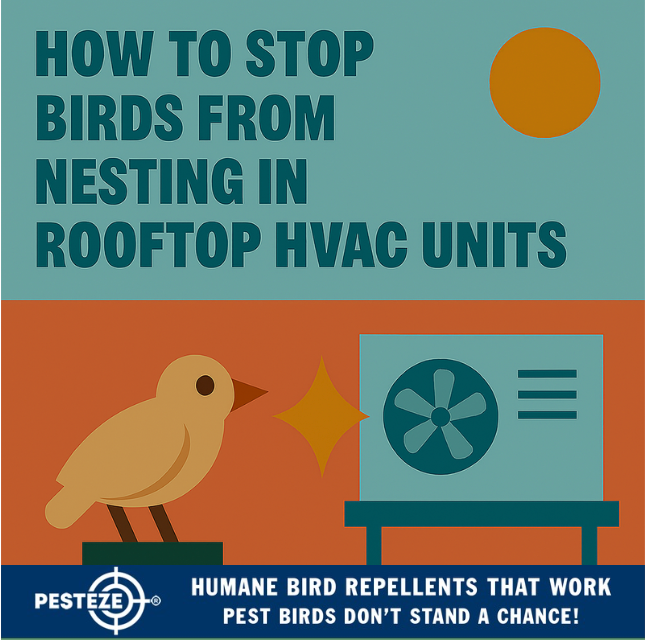HOW TO STOP BIRDS FROM NESTING IN ROOFTOP HVAC UNITS

HOW TO STOP BIRDS FROM NESTING IN ROOFTOP HVAC UNITS
SUMMARY
Bird nesting in HVAC systems creates significant challenges for building infrastructure, system performance, and environmental hygiene in 2025.
FEATURES
- Equipment Protection: Comprehensive strategies to prevent bird intrusion in heating and cooling systems.
- System Performance: Methods to maintain optimal HVAC functionality.
- Health Safety: Techniques to eliminate potential disease transmission risks.
- Technological Innovation: Advanced solutions for protecting critical building infrastructure.
- Cost-Effective Maintenance: Strategies to minimize repair and cleaning expenses.
GUIDE DESCRIPTION
Rooftop HVAC units represent highly attractive nesting locations for birds, offering sheltered, protected spaces that mimic natural habitat characteristics. The combination of elevated positions, consistent temperatures, and minimal human disturbance creates ideal conditions for bird settlement in critical building systems.
Birds are naturally drawn to HVAC systems due to multiple environmental advantages. Protected areas, potential warmth, and limited human interaction make these technological installations highly appealing to various bird species. Understanding these attraction mechanisms becomes crucial for developing effective prevention strategies.
Technological innovations in 2025 provide sophisticated solutions for managing bird interactions with rooftop HVAC units. Advanced sensor systems, intelligent deterrent technologies, and targeted architectural modifications offer comprehensive protection strategies that balance equipment functionality with wildlife management.
Professional building maintenance requires a holistic approach to HVAC protection that addresses multiple environmental factors. Understanding local bird species, their nesting behaviors, and specific installation characteristics becomes essential for developing effective intervention strategies.
Strategic HVAC unit protection involves multiple comprehensive approaches. Physical barriers, intelligent design modifications, ongoing maintenance protocols, and targeted deterrence techniques create systems that effectively discourage bird nesting while maintaining critical heating and cooling system functionality.
Legal and ecological considerations remain important in developing HVAC protection approaches. Comprehensive strategies must balance building infrastructure safety, wildlife protection, and potential environmental impact while creating effective bird management solutions.
- Pukhraj Sharma


Comments 0